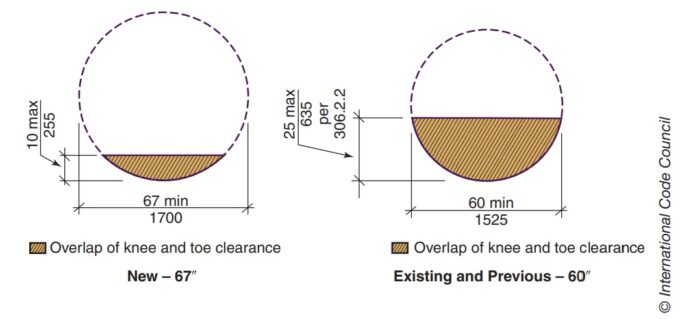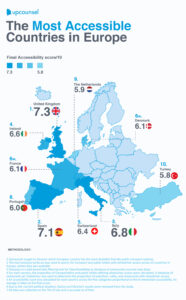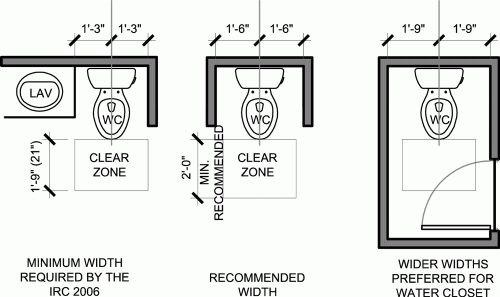Evolving ADA Requirements: How Accessibility Design Continues to Change
The Americans with Disabilities Act (ADA) has long set the foundation for accessibility in the built environment. Since its passage in 1990, the ADA has improved countless lives by ensuring access to public and private facilities. However, accessibility standards are not static. They evolve to reflect changes in technology, demographics, and medical science.
Recent updates to ADA guidance include significant and important adjustments to mobility space, turning radii, and maneuverability. At EVstudio, we work diligently to stay current with these changes to support inclusive and future-ready design.
A Brief History of the ADA
The ADA became law in 1990 to prevent discrimination against individuals with disabilities. It covers employment, public services, public accommodations, and telecommunications. For architects and engineers, Title III of the ADA is most relevant, as it mandates that new buildings and major renovations be accessible.
In 2010, the ADA Standards for Accessible Design were significantly updated. These standards integrated insights from the ANSI A117.1 and UFAS guidelines. More recent updates and advisory rulings continue to reflect evolving mobility needs and the impacts of new assistive technologies.
Core Principles of ADA Design
At its heart, the ADA seeks to:
-
Remove barriers to entry
-
Promote equal access to services and facilities
-
Encourage independent use of public spaces
-
Adapt to real-world user needs through empirical research
These principles translate into specific design criteria—such as door widths, slope ratios, reach ranges, and space clearances—that architects must follow. Importantly, these criteria evolve to reflect real-world data, including studies on wheelchair use and new mobility devices.
A Notable Change: Wheelchair Turning Radius
One recent update focuses on the wheelchair turning radius. Traditionally, the standard turning space was a 60-inch diameter circle. However, new studies show that this clearance is often insufficient for many modern wheelchairs and power-assisted mobility devices.
As a result, ANSI A117.1-2017 increased the minimum turning radius in some contexts to 67 inches. This change reflects the reality that wheelchairs are now larger, with longer footprints and tighter turning capabilities. The added space ensures users can maneuver without scraping walls or becoming stuck in corners.
This is one example where newer technology is actually becoming less efficient with space. It is a significant change as it effectively adds 14″ to the total diameter necessary for a wheelchair turning radius. This has a drastic impact to the amount of space required in spaces where this is required.

Technology’s Role in Accessibility Design
Healthcare technology drives many accessibility updates. As wheelchairs evolve with powered controls, broader wheelbases, and complex configurations, design standards must keep pace. In addition, voice-activated and sensor-based devices now require more space for interaction and movement. This raises serious questions and debate around the original intention of the ADA being to prevent discrimination against disabled persons. Because if there are a variety of viable technology options for people, then forcing the most restrictive as a design criteria can be seen to extend beyond this original premise.
Prosthetics, walkers, and scooters also influence layout design, door pressure standards, and accessible hardware choices. At EVstudio, we regularly consult research from healthcare and rehabilitation sources to inform our design strategies.
EVstudio’s Commitment to ADA Compliance
At EVstudio, we treat accessibility as a design priority—not an afterthought. Our teams stay updated on ADA and ANSI code revisions. Using software tools that include up-to-date accessibility libraries is critical. Collaboration with ADA consultants when needed and double-checking drawings during QA/QC reviews is common practice.
We believe that thoughtful accessibility design benefits everyone—not just those with disabilities. Our commitment to inclusive design extends to schools, housing, offices, medical spaces, and more.
Conclusion
ADA standards continue to evolve as our understanding of mobility and accessibility grows. EVstudio remains proactive in applying these updates, ensuring that our projects meet both code and community needs.
Resources:










